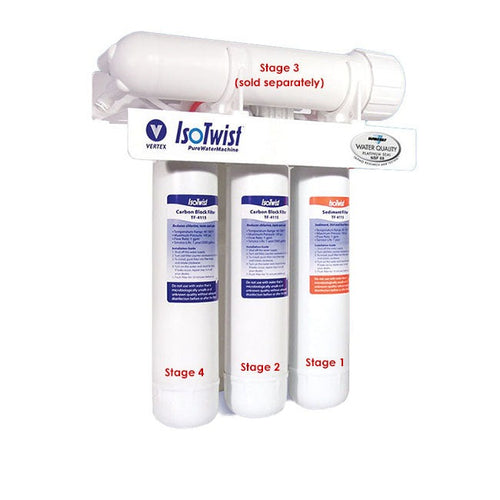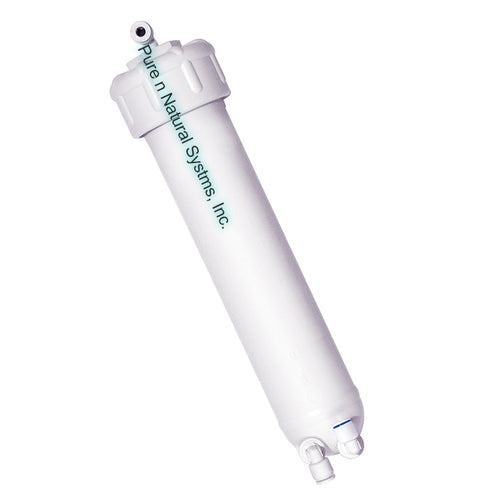Doulton Super Sterasyl ceramic filter element will produce 7 gallons per day in the British Berkefeld gravity water filter.
This cleanable ceramic water filter element is designed to reduce suspended solids, pathogenic bacteria, organic chemicals, and improve taste and odor. The 7-inch Super Sterasyl ceramic element is available only as a "candle" (fitted with a threaded plastic cap on one end). For use in the following;
Doulton Ceramic Filter Elements have been trusted by relief organizations around the globe for over 150 years. These filters were developed in 1850 to remove disease-causing bacteria from London's Thames River. The bore of the filter ceramic candle contains granular activated carbon to reduce organic chemicals and improve the color, taste, and odor of drinking water. This filter element is suitable for gravity and low-pressure filter systems and is not recommended for high pressure (high flow rate) systems. If used in pressure filters, the granules of activated carbon may shift and "channelize" which could allow water to flow through the filter without any contact with the GAC.
- Contaminant Removal: Pathogenic bacteria, Cysts, Sediment
- Organic Chemicals: Pesticides, herbicides, organic solvents, trihalomethanes.
- Chemicals: Chlorine Each Super Sterasyl™ Candle is rated for a total of 535 US Gallons
| Maximum working pressure | 125 psi (8.6 bars) |
| Maximum working temperature | 100°F (37.8° C) |
| Minimum working temperature | 40°F (4.4° C) |
| Recommended cleaning frequency | every 6 months or when the flow rate is noticeably lower |
| Recommended change frequency | every 12 months |
| Contaminant removal | The great majority of pathogenic (disease-causing) bacteria and cysts are larger than one µ. The pore size of the ceramic filter element is controlled so that it will remove all suspended matter larger than 0.9 µ. |
| Pathogenic Bacteria | Chorela, Typhoid, Salmonella, Serratia, E. Coli, Fecal Coliform: >99.99% removal |
| Cysts | Cryptosporidium parvum and Giardia lamblia: 100% removal (based on tests by Arizona State University) |
| Sediment | Down to 0.9 µ, 100%; 0.5-0.8 µ with a filter efficiency of >99.99% (based on tests by Spectrum Laboratories, Minneapolis, MN) |
Recently viewed products









